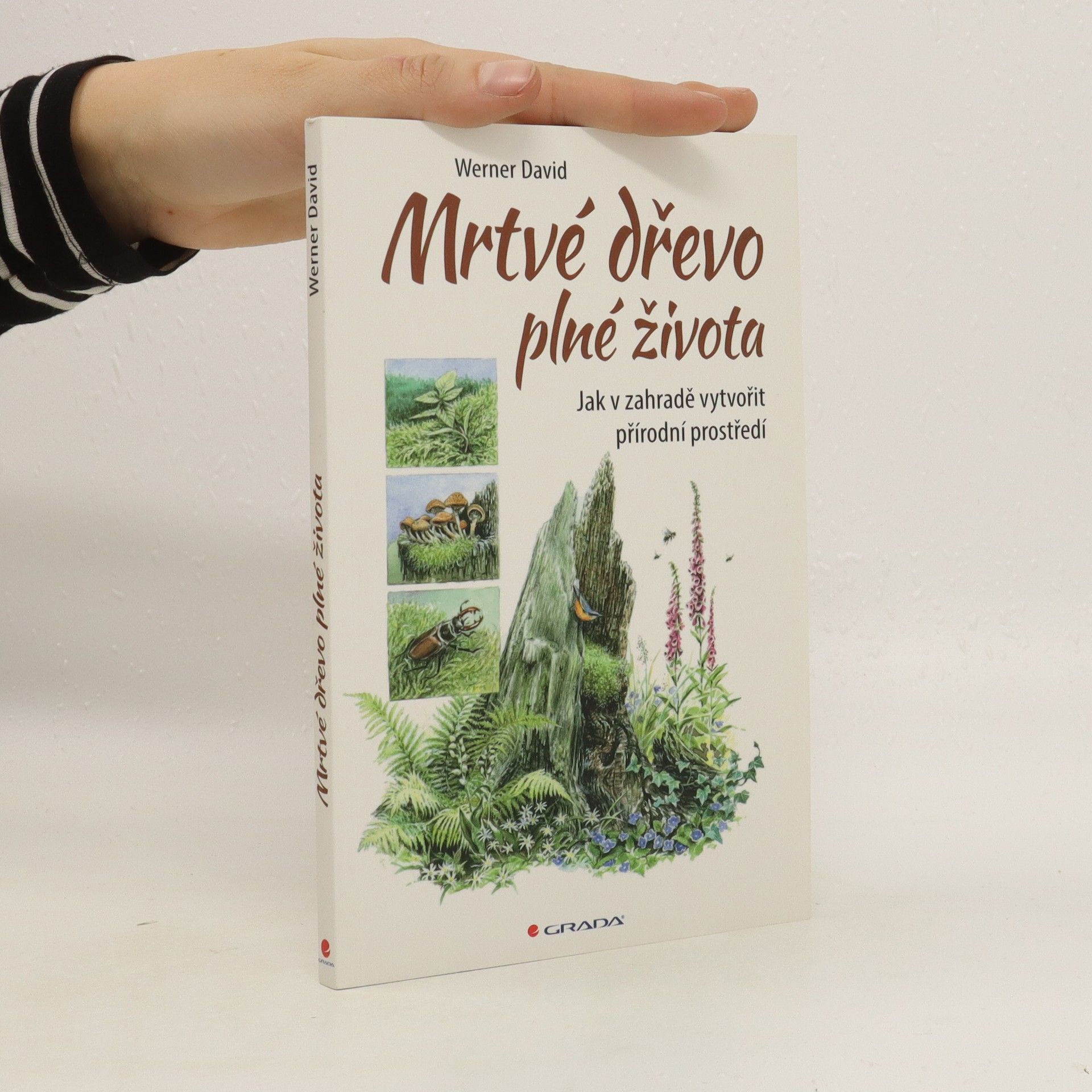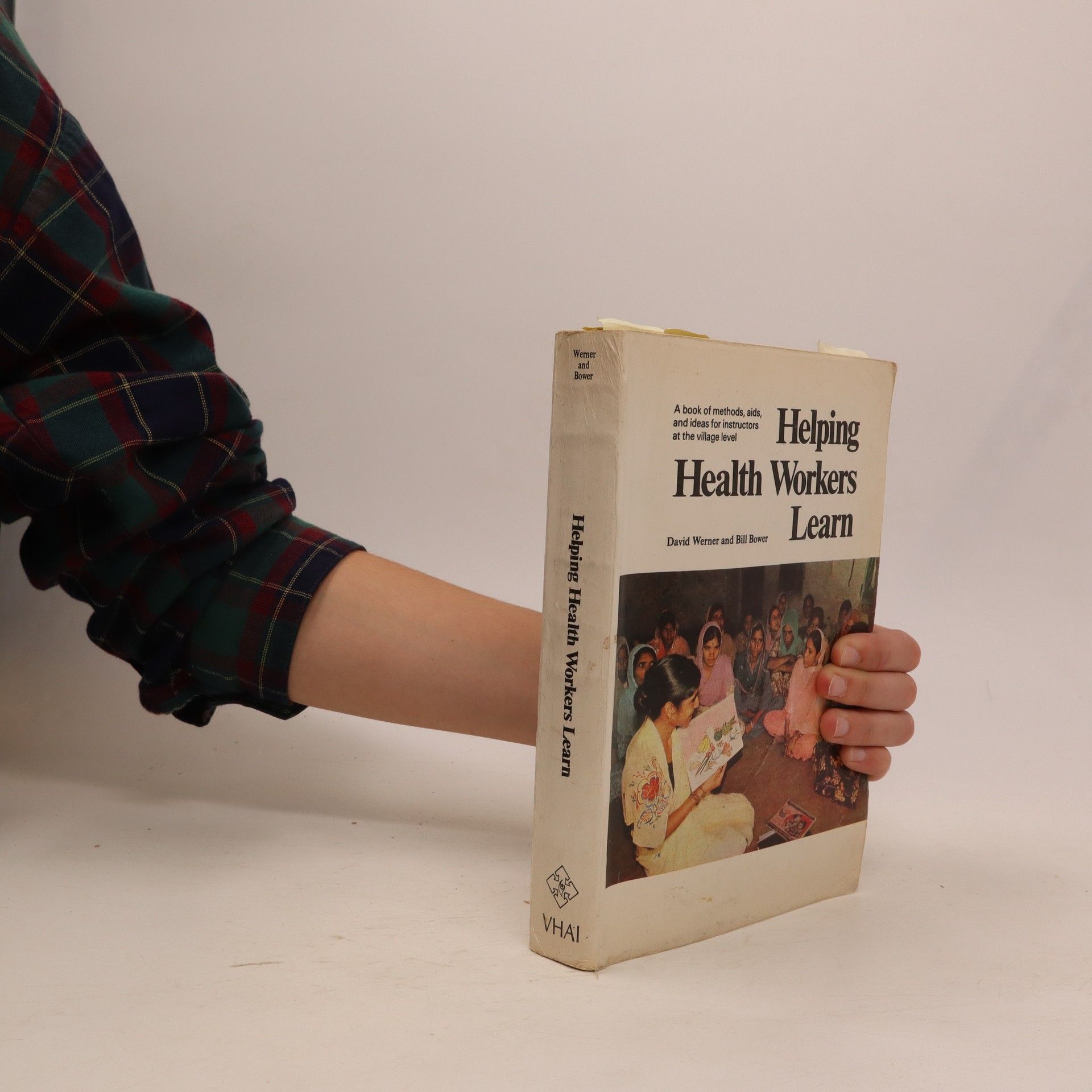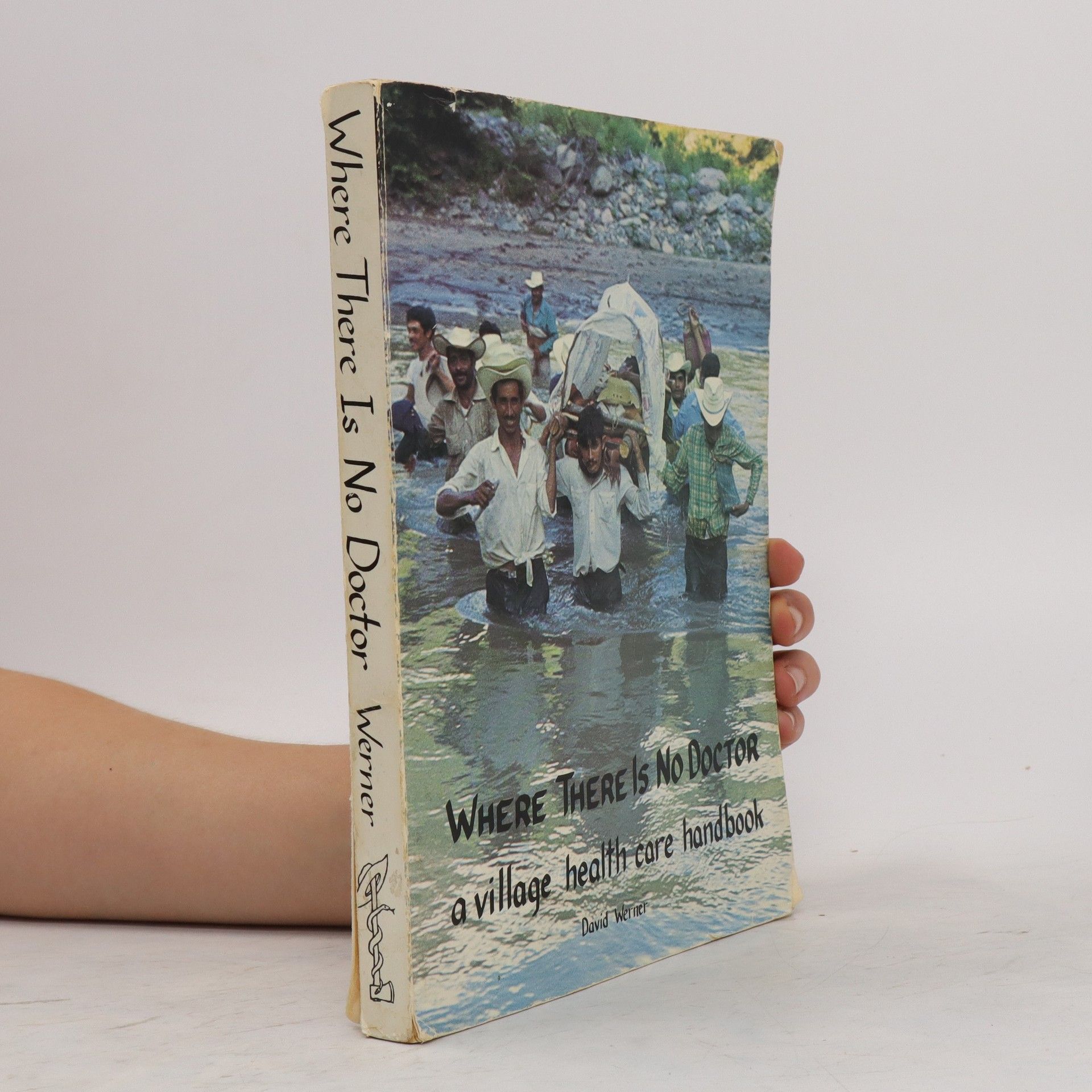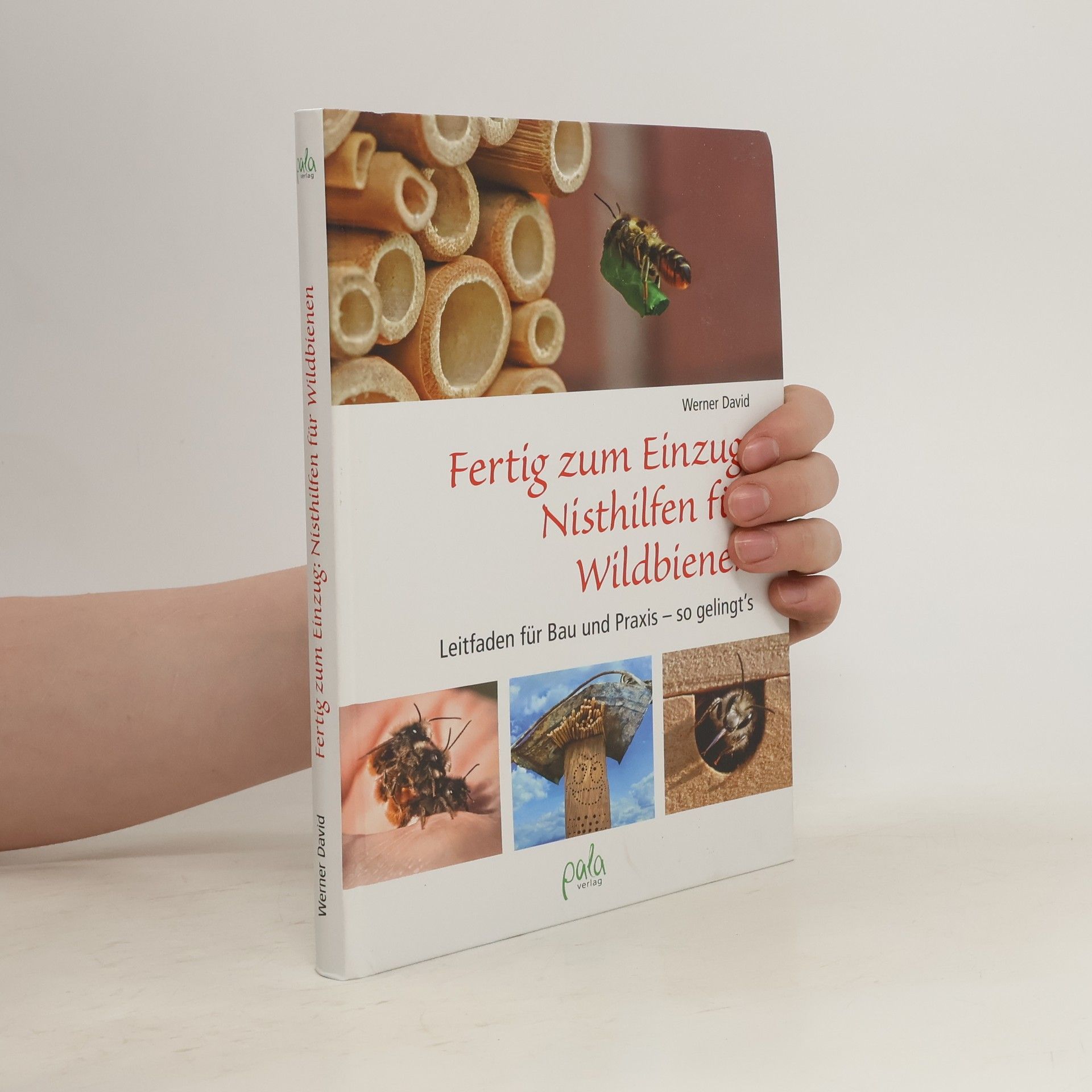A revised edition of the English-language edition for Africa, this book has been edited to take into account medical conditions which are more prevalent in Africa, as well as social and cultural factors.
David Werner Livres






Helping Health Workers Learn
A Book of Methods, Aids, and Ideas for Instructors at the Village Level
- 640pages
- 23 heures de lecture
This heavily illustrated book is an important resource for anyone involved in community health education. Methods and experiences from at least 35 countries are discussed, and the focus is educational rather than medical. Activities suggested for the most effective and enjoyable community education include theatre, drawing, flannel boards, and other low-cost, popular teaching aids. Helping Health Workers Learn provides a people-centred approach to health care and presents strategies for effective community involvement through participatory education.
Identity construction in youth scenes
Patchwork and Otakism as modern strategies of life
- 216pages
- 8 heures de lecture
Exploring the impact of globalization on youth, this study delves into how young people navigate identity formation amidst modern challenges. It highlights the significance of youth scenes and social networks, emphasizing personal responsibility in social integration. The research focuses on two contrasting identity strategies: patchwork and otakism, the latter being a novel concept in identity exploration that has not been previously defined or studied empirically. This examination reveals how these strategies reflect adaptability to contemporary life conditions and individual needs.
Mrtvé dřevo plné života
- 176pages
- 7 heures de lecture
Pokud si myslíte, že odumřelé kmeny nebo větve stromů jsou bez života a užitku, hluboce se mýlíte. „Mrtvé dřevo“ je plné rozmanitého života, což podrobně přibližuje tato knížka. Autor nabízí nový pohled na roli mrtvého dřeva v přírodě a biologické souvislosti, které s ním souvisejí. Kniha je rozdělena do tří částí. První část vysvětluje důležitost odumírajícího dřeva ve volné přírodě a vyvrací škodlivé představy o jeho odstranění. Druhá část se zábavnou formou zaměřuje na živočichy, kteří z mrtvého dřeva profitují. Bez jejich rozkladné činnosti by byla rovnováha v přírodě narušena. Třetí část je praktická a nabízí široké možnosti využití odumřelého dřeva na zahradě. Můžete postavit přírodní plot, hmyzí domeček, mulčovat, nebo ponechat kmeny s dutinami pro hnízdění ptáků. Hromada větví v rohu zahrady poskytne úkryt živočichům, zajímavě tvarované větve ozdobí záhony, a dřevěná palisáda ochrání před zvědavými pohledy. Dřevěné květináče pro sukulenty zaujmou svou estetikou. Kniha je inspirativní pro každého, kdo ekologicky uvažuje, a ukazuje nekonvenční půvab a krásu „mrtvého“ dřeva.
Lebensraum Totholz
Gestaltung und Naturschutz im Garten
Fertig zum Einzug: Nisthilfen für Wildbienen
Leitfaden für Bau und Praxis - so gelingt`s
Nisthilfen für Wildbienen sind beliebt bei Groß und Klein. Gut gebaut, werden sie nahezu vollständig von den faszinierenden Insekten angenommen. Viele käufliche Nisthilfen sind für die Bedürfnisse der nützlichen Bienen jedoch ungeeignet und werden kaum besiedelt. Um solche Enttäuschungen zu vermeiden, erklärt Werner David in diesem Buch, wie Bau und Pflege abwechslungsreicher Nisthilfen in einem bienenfreundlichen Umfeld gelingen: auf dem Stadtbalkon ebenso wie im ländlichen Naturgarten. Professionell beantwortet der Autor häufige Fragen, hilft bei typischen Problemen und bietet sinnvolle Alternativen. Alle verwendeten Baumaterialien wie Pappröhrchen, Naturstrohhalme, Schilf und Hartholzblöcke mit Bohrungen sind vielfach erprobt. Bei solchen Nisthilfen bleibt erfahrungsgemäß kein einziges Loch frei – mit diesem Buch gelingt’s! - üppig ausgestattet mit brillanten Fotos - Nisthilfen, die wirklich funktionieren - kreative Beispiele aus der Praxis für die Praxis - Fehler beim Bau und wie man sie vermeidet.

